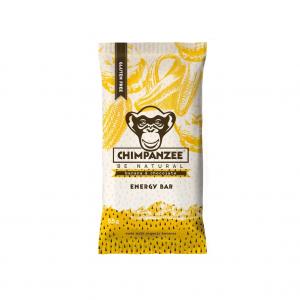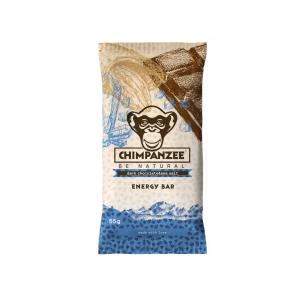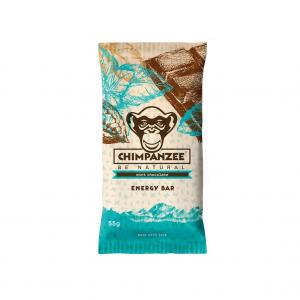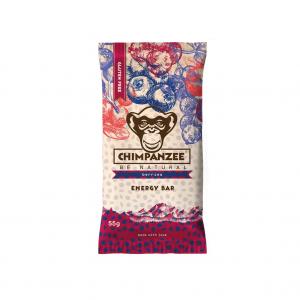Soya bean (Glycine Soja)
Other names: Soya beans
Harm score: 1 (Natural substances)
Soybean, scientifically known as Glycine Soja, is a species of plant belonging to the legume family. It is native to East Asia, particularly China, the Korean peninsula and Japan. However, its importance extends beyond the world as the soybean is now a major commercial crop with a worldwide distribution. The plant is popular for its high-protein fruit and high oil content. The soybean is a dioecious plant with a simple alternate leaf arrangement. It most often has one or two inflorescences located at the top or sides of the stem.
The soybean is mainly used in the food industry, where it is used to make a variety of products, the most famous being soy milk, tofu, miso, soy sauce and tempeh. Soybean oil is highly valued for cooking and baking, but also in the cosmetics industry. It is also a key ingredient for the production of margarines. Because of its high protein content, soya is also used for the production of animal feed. In agriculture, soya is used as an agricultural crop, rotating with wheat and maize in the field. Its ability to fix atmospheric nitrogen through a symbiotic relationship with bacteria in the roots also makes it effective for the agricultural system, where it can improve soil structure and increase nutrient availability for other crops.
Soya bean (Glycine Soja) can be found in the following products

Energy Bar - Chocolate Espresso
Product detail
Pregna-Plan Multivitamin for pregnant and breastfeeding mothers, 60 tablets
Product detail
Energy Bar - Banana & Chocolate 55 g
Product detail
Energy Bar - Dark Chocolate & Sea Sald
Product detail
Energy Bar - Mint Chocolate 55 g
Product detail